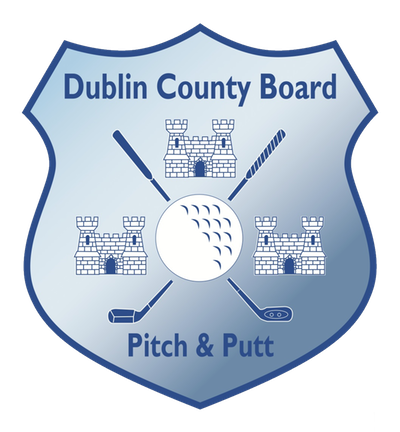Introduction and Aim of Programme
The DCB are putting together a course maintenance programme that will be available on the main website and on our Facebook page. The idea behind the programme is to give clubs help and guidance throughout the year in the running of the course and machinery maintenance which in turn will improve course standards throughout the county and show off our game and courses to people.
Some of our biggest problems in Pitch & Putt course management at the moment are:
- Over watering of greens
- Insufficient aeration
- Insufficient topdressing
- Knowledge of nutritional needs of the plant/sportsturf.
- Machine and mechanical set-up E.g. height of cut, blade adjustments
On a monthly basis we will post information and advice with supporting videos and photos that will explain and show best practices. We will be explaining the techniques, timing and technical side of looking after the course, these videos will be easily accessible and can be followed by any persons that may not be professionally qualified to do so. Course managers will have plenty of information and tools at their disposal to help improve their course and make their work a lot easier.
The DCB have contacts for irrigation technicians, companies that deal with cultural operations such as, aeration practices and topdressing as well as mechanics that are reasonable priced and deal with pitch and putt courses regularly.
The topics covered will include:
- Maintenance of greens
- Collars(aprons), fairways and bunkers
- What to look for on greens including disease and pest damage and wear and tear
- Fertiliser programmes and how to apply them
- Cultural practices such as aeration and topdressing of sportsturf
- Irrigation and the application of adjuvant chemicals
- Machinery, what machinery to have and how to maintain it through the season
We would suggest that each club would appoint a course manager/grounds chairperson. Their job would be to oversee the work programme and be a focal point. This person would organise a small group of interested members to form a grounds committee which will help through the year in keeping the course in consistently good condition.
Know Your Course
Before we start on the monthly programme there a few things to cover. You must assess and know your course.
The first thing do is measure the size of your greens in square meters. This calculation is done by measuring the length by the width and multiply the two. If you want to maintain your collars the same as the greens for instance with the same fertiliser/feeding programme etc that is fine, just include the collar in the length and width measurements. Example, a green 8 meters long by 6 meters wide will be 48 square meters. When you have the square meter of each green including any spare greens add the totals together. Most pitch and putt courses run from between 1,000 to 1,500 square meters. This measurement will help with applying products or sand correctly through the year.
Next, knowing the problem areas of your course is important. For instance, take a note of a green or area that is constantly weak, wet, maybe constantly in shade or dries out quickly in high temperatures. A green or area of green that tends to have a lot of moss, disease, pest, weeds, or animal damage. Are these areas high areas or low-lying areas of your course. Over hanging trees may also be also cause a problem of shading or be inhibiting player

If you have an irrigation system, locate were the sprinkler head or heads are around your course. A good idea is to use a sprinkler head trimmer to cut around the sprinkler head. Also locate any manual watering points you may have around your course.
I would suggest purchasing two hard back notebooks. Recordkeeping is a great way of keeping on top of all that must be done. One notebook for keeping records of fertiliser, wetting agents and other chemical applications and rates used, dates of aeration, scarifying and topdressing rates, and finally outbreaks of disease and where the first signs were, use it almost like a diary. The second notebook is used to keep a record of all machines in your shed and dates of annual maintenance and sharpening. A record of prices for labour and parts should be kept in trying keep down the costs in future.
Once this is done, we can move onto work to be in February and March in preparation for the start of the growing and playing season.
